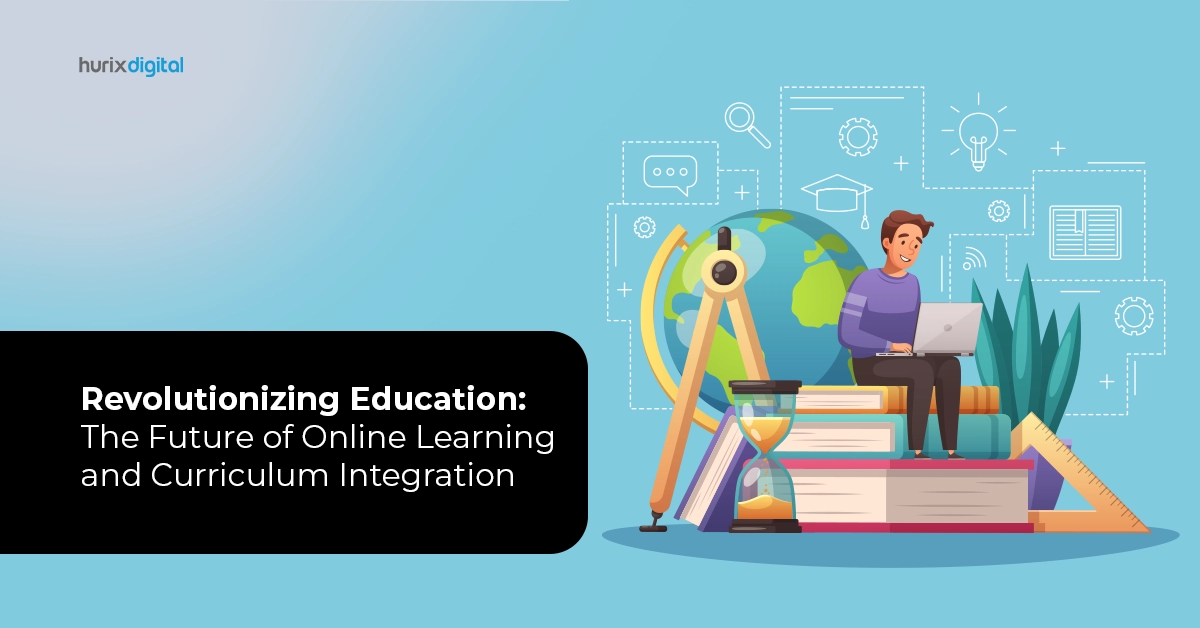Do you aspire to craft engaging and educational learning programs that reach every corner of your institution? In the digital age, online learning accessibility is not just an optional luxury but a crucial part of inclusive education. With reports projecting a rise in demand for digital accessibility, it’s imperative to equip your higher-education institution to meet accessibility standards for higher education.
In this blog post, we will guide you on how to make learning resources available to every student, regardless of their unique challenges. We’ll dive into everything from achieving A11Y compliance and enhancing disability inclusion in education to selecting the right accessibility software and creating an accessible e-learning environment.
Let’s champion an inclusive course design!
Table of Contents:
- Understanding the Importance of Online Learning Accessibility
- Steps to Incorporate Accessibility Compliance in Higher Education
- Real-world examples of Inclusive Education Programs
- Future Trends in Accessible Online Learning for Higher Education Institutions
- Conclusion
Understanding the Importance of Online Learning Accessibility
Everyone deserves to have the opportunity to learn and gain knowledge. The beauty of learning lies in its universality and conceptualizing programs that ensure online learning accessibility is a step towards maintaining that universality in higher education institutions. The connection between accessibility and learning is highly significant, as it enables more students to encounter pathways towards knowledge acquisition.
- Imagine a student with auditory disabilities. By ensuring the institution’s online learning setup is in line with accessibility standards for higher education, closed captioning and transcripts ensure an equal learning opportunity.
- Consider a visually impaired student. Rather than excluding them from graphics-heavy courses, we can rely on assistive technology in education. Tools such as screen readers and Braille displays can provide the inclusive learning environment that these students need to thrive.
- Compliance with A11Y standards isn’t just an obligation but also a representation of commitment to disability inclusion in education. By adopting the guidelines of Web A11Y and employing accessibility software, you’re proactively working to meet the needs of all learners.
- Assuredly, employing inclusive course design and accessible e-learning is one of the greatest steps we can take in the digital age to ensure equal opportunities for all.
Also Read: Common Pitfalls in Mobile App Accessibility Testing and How to Avoid Them?
Steps to Incorporate Accessibility Compliance in Higher Education
Developing learning programs that are readily accessible to all is of paramount importance for higher education institutions. It’s crucial, inclusive, and, equally important, it’s a legal requirement under various regulations.
But how exactly can you implement accessibility compliance in higher education? Below are some key steps:
1. Apply a Universal Design for Learning (UDL) Framework
The Universal Design for Learning (UDL) is a proven educational framework that helps to improve and optimize teaching and learning for all people based on scientific insights into how humans learn.
By applying this framework, you can ensure equal opportunities for all students, including those with disabilities. The UDL framework encourages educational institutions to provide multiple means of engagement, representation, action, and expression.
- Offering content in different formats: video, audio, visual diagrams, and text.
- Providing alternatives for demonstrating learning: tests, presentations, projects, and discussions.
- Engaging students in different ways: group work, interactive lessons, discussions, and self-paced learning.
2. Ensure Web A11Y on Online Platforms
Web A11Y standards are universal protocols set by the Web Accessibility Initiative (WAI) to promote online inclusion. This means ensuring that online course materials and digital learning platforms are accessible to all, including those using assistive technology in education.
- Use accessibility software to evaluate current learning platforms and make necessary adjustments to ensure compliance with Web A11Y.
- Make use of text-to-speech features, captions for videos, and alternative text for images.
- Always provide downloadable materials in various accessible formats, such as PDF, Word, and HTML.
3. Incorporate Inclusive Course Design Techniques
In addition to the structure of your digital platforms, the content of your courses should also be inclusive. This involves utilizing methods that ensure the course content is accessible and provides equal learning opportunities for all students.
- Use a variety of teaching methods to address different learning styles. This includes lectures, discussions, hands-on activities, online exercises, and multimedia presentations.
- State learning objectives and use consistent navigation and formats across all course contents.
- Provide resources and materials that reflect a variety of perspectives and experiences. This increases its relevance to a diverse group of students.
By following these steps, you are not only promoting disability inclusion in education but also catering to a diverse group of learners. It prepares students for the diverse professional world, promotes a more inclusive culture on campus, and, most importantly, helps all students reach their full potential.
Real-World Examples of Inclusive Education Programs
All around the world, new and established education programs are setting excellent examples of how to effectively implement accessibility software and advance the cause of disability inclusion in education. For instance, the Massachusetts Institute of Technology (MIT) offers a program that is entirely committed to creating accessible e-learning content, thus displaying a significant effort towards online learning accessibility.
Similarly, the University of Washington’s Accessible Technology Services has proved to be a game-changer. This service was designed with the specific goal of enhancing web a11y and ensuring a11y compliance while also providing training and resources to its staff members.
Furthermore, the University of Illinois at Urbana-Champaign annually organizes an event called ‘Accessibility in Action’. This vibrant gathering becomes a nexus for educators, policymakers, and technology gurus to come together and engage in value-added discussions. They discern and exhibit innovative techniques to fulfill the A11Y standards and accomplish accessibility compliance in higher-education institutions, thereby echoing the potential of cooperation in catalyzing transformation.
Future Trends in Accessible Online Learning for Higher Education Institutions
As we face the future, a few prominent trends have begun to emerge that highlight the direction that accessible online learning is headed in the world of higher education. First, expect to see an increased focus on web accessibility (Web A11Y) standards.
It will ensure institutions are aligning their online learning tools with the vital guidelines that provide equitable access to all users, including those with disabilities.
- Another growing trend is the integration of AI-powered accessibility software. AI can help automate transcribing and captioning course content, improving accessibility for students with hearing impairments.
- Next, we have inclusive course design that focuses on creating courses that are inherently accessible. This approach goes beyond compliance, offering adaptations and alternatives that make content flexible for all learners.
- We also predict a rise in the use of AR and VR technology to foster an interactive and immersive learning environment, offering new perspectives on educational material for visual learners and those with sensory processing conditions.
- It’s time for institutions to embrace A11Y compliance as the norm rather than an afterthought to ensure a seamless e-learning experience.
Also Read: The Future of Accessibility Compliance in 2024: Emerging Technologies and Opportunities
Conclusion
Enhancing online learning accessibility isn’t just about legal compliance and ensuring disability inclusion in education. Adopting accessibility standards for higher education and implementing accessible e-learning can provide students with a conducive learning environment. By advocating for A11Y compliance and the use of accessibility software, higher education institutions can deliver quality, inclusive education to all students.
Are you ready to make your higher education programs more accessible? Find out how Hurix Digital’s solutions can support your institution’s commitment to accessible education. Start your journey to enhanced education accessibility with Hurix Digital today.











